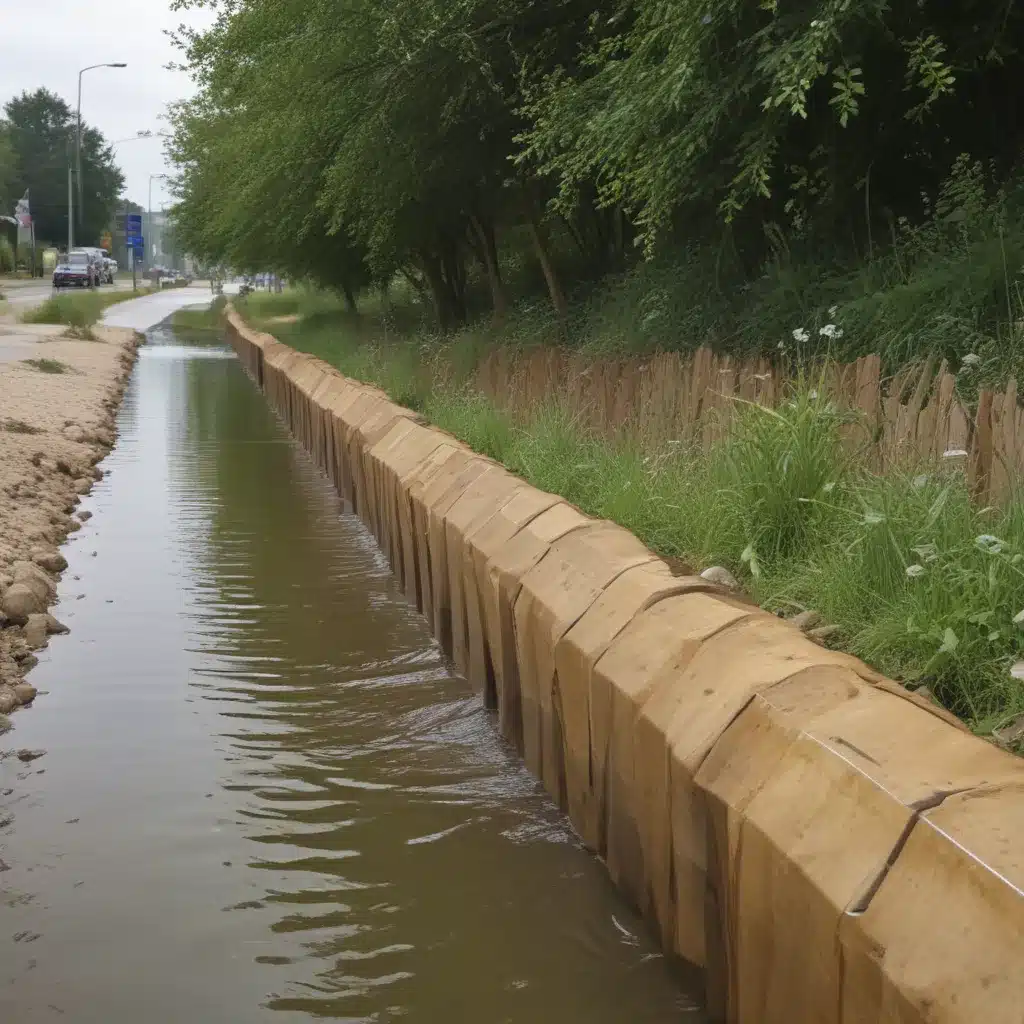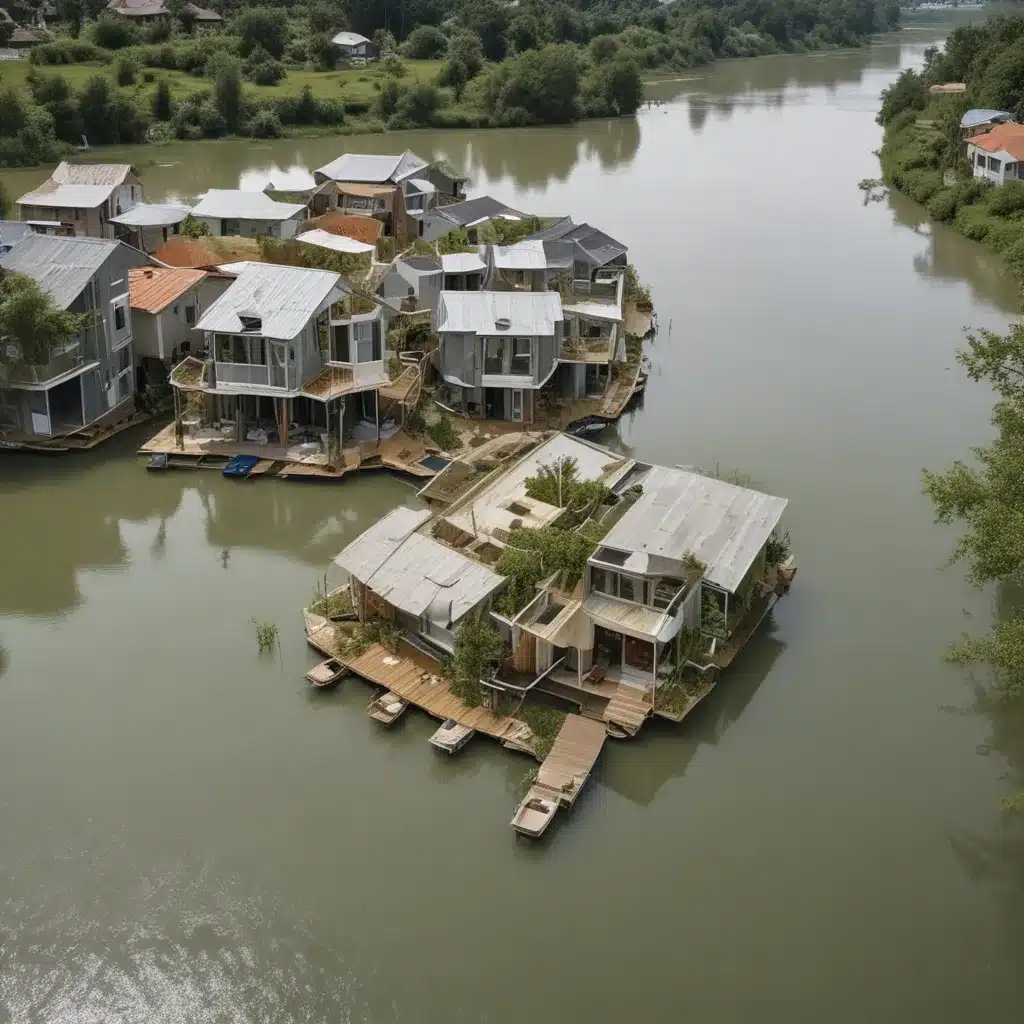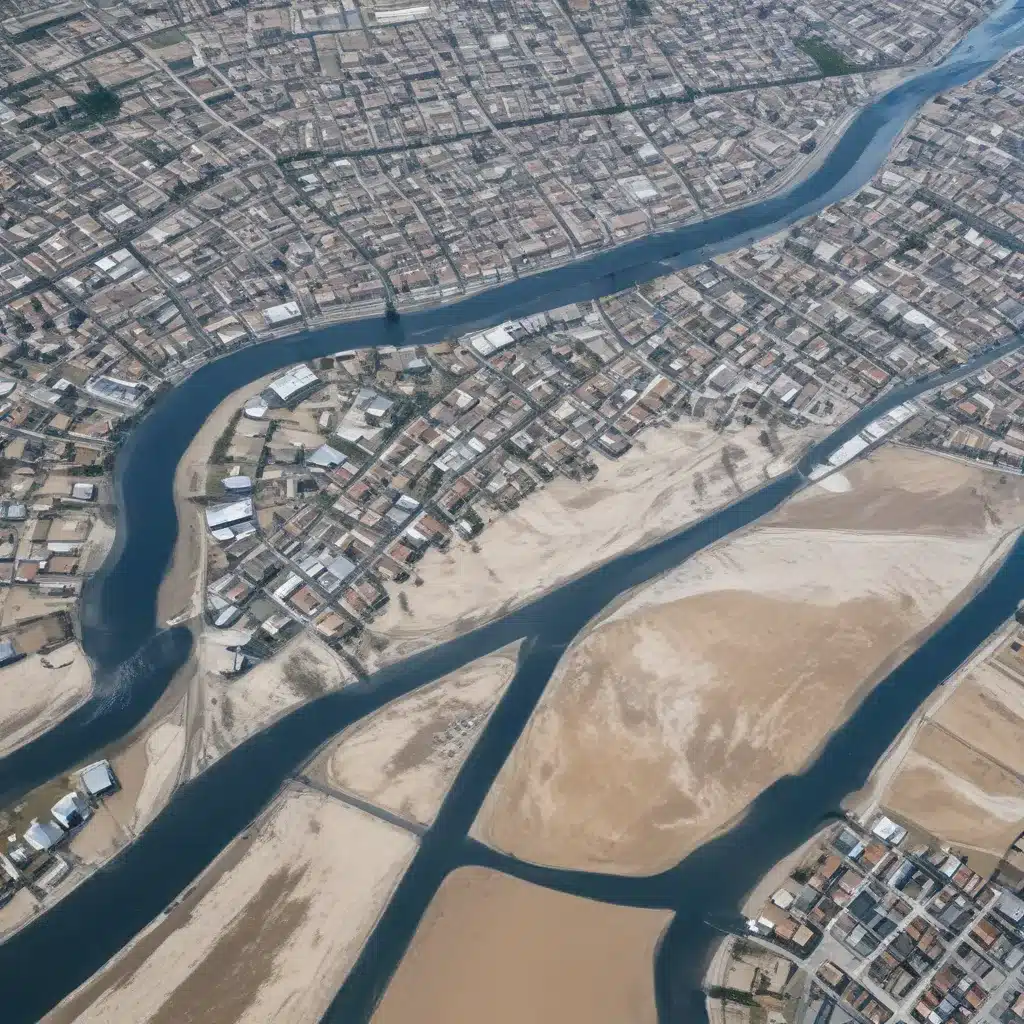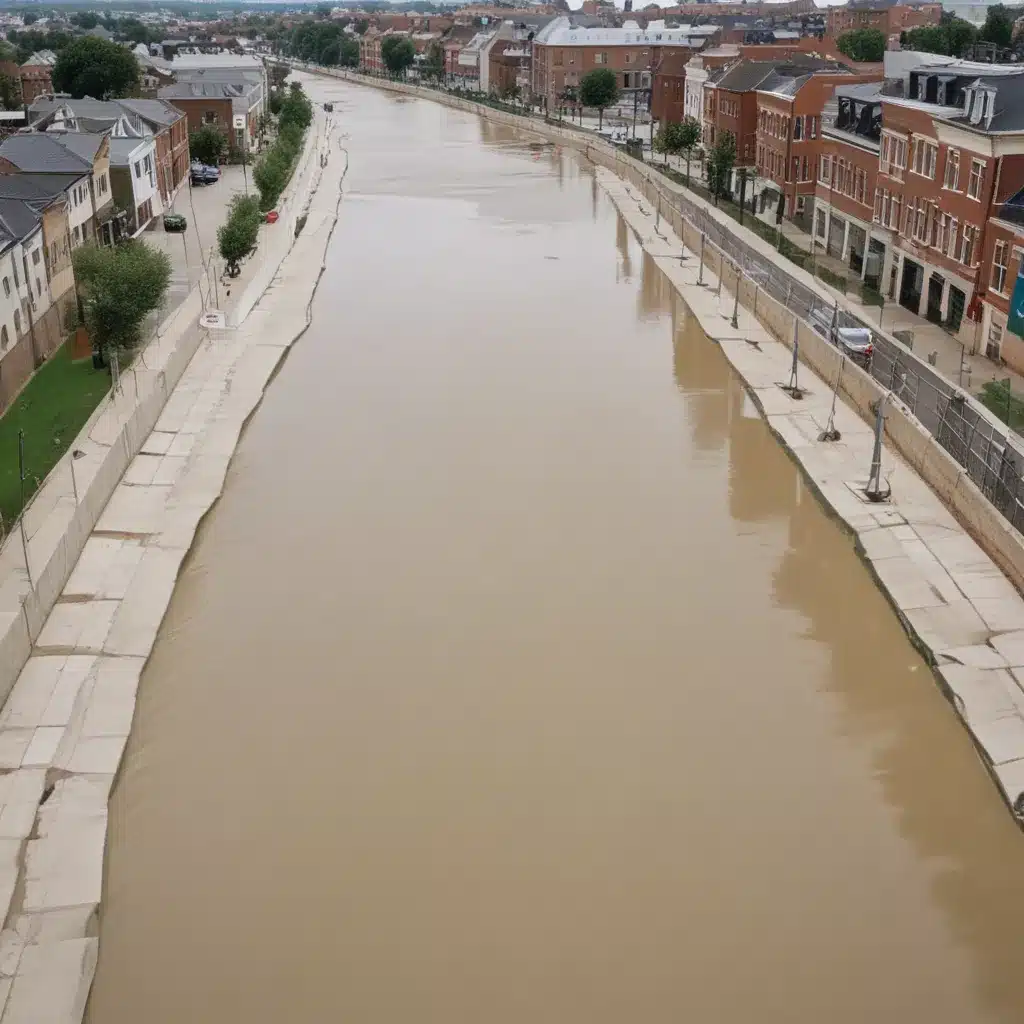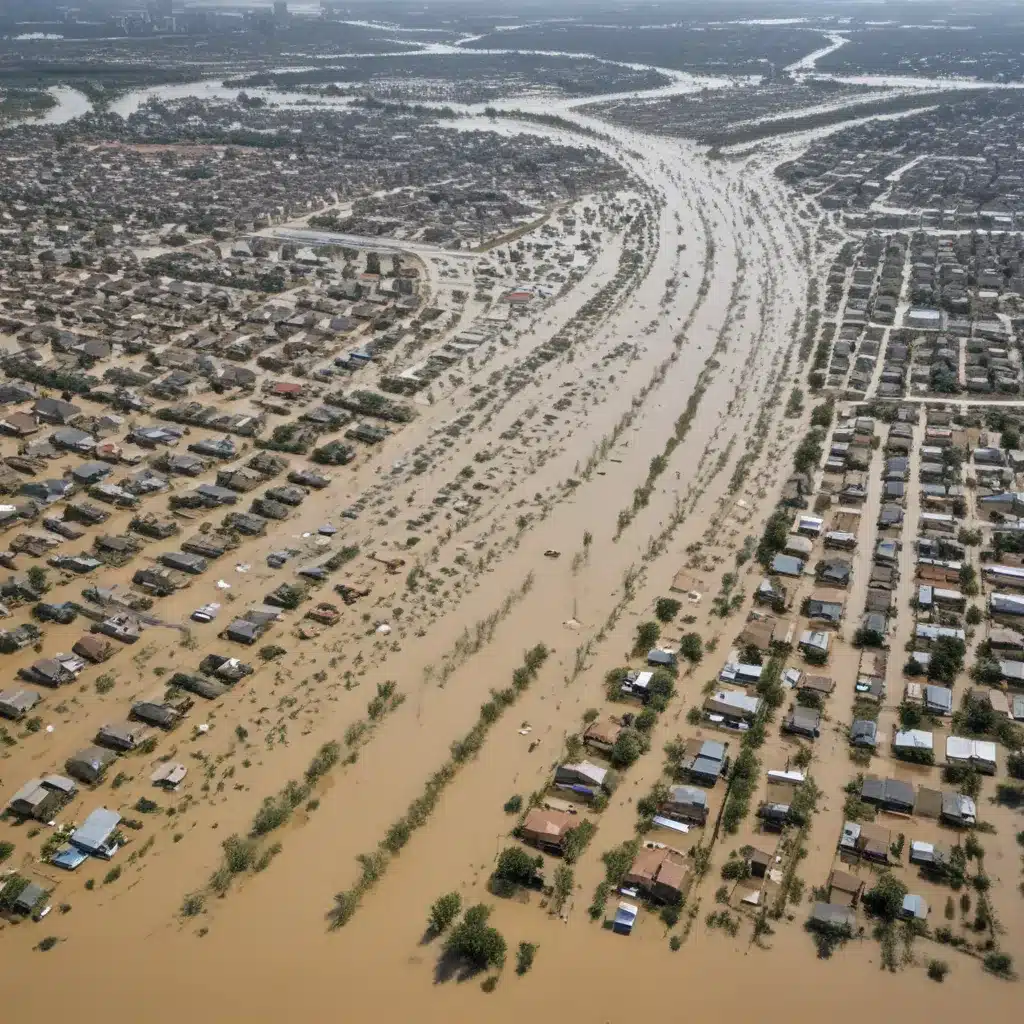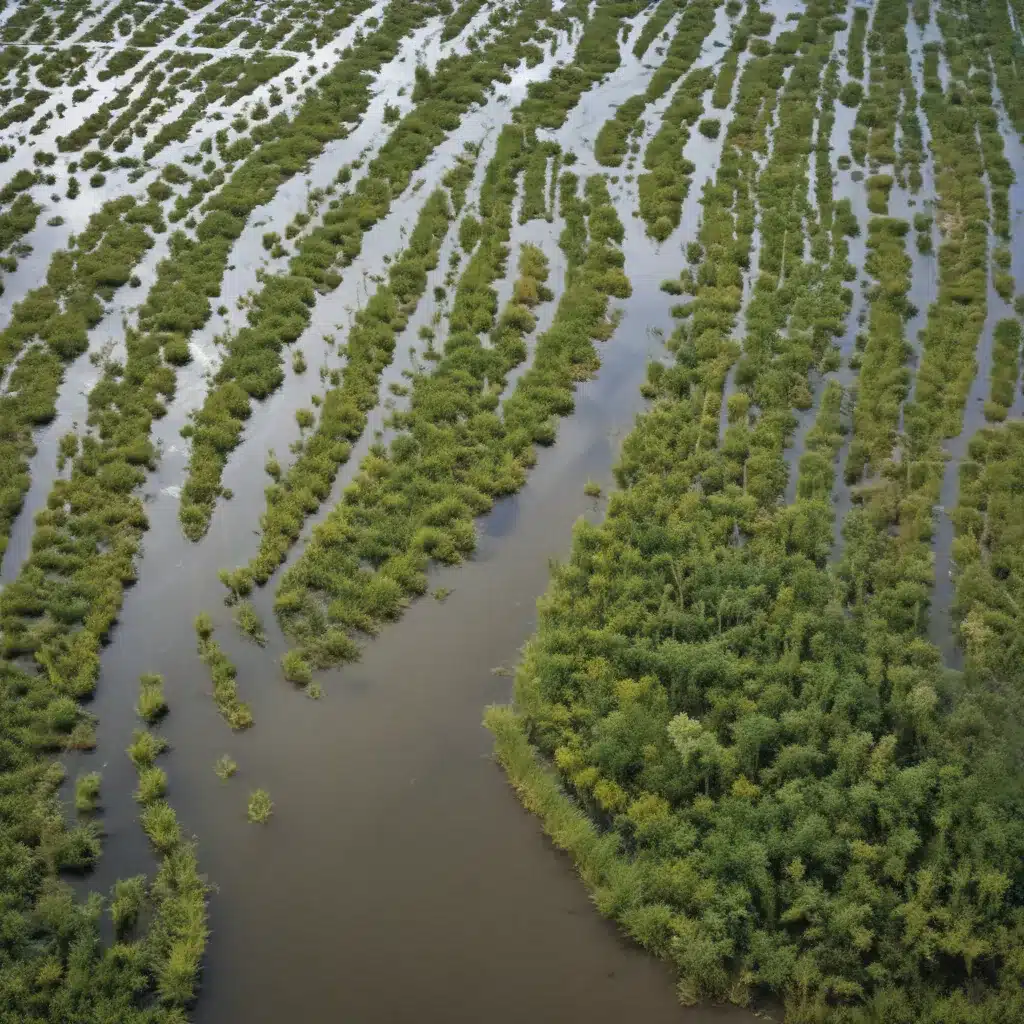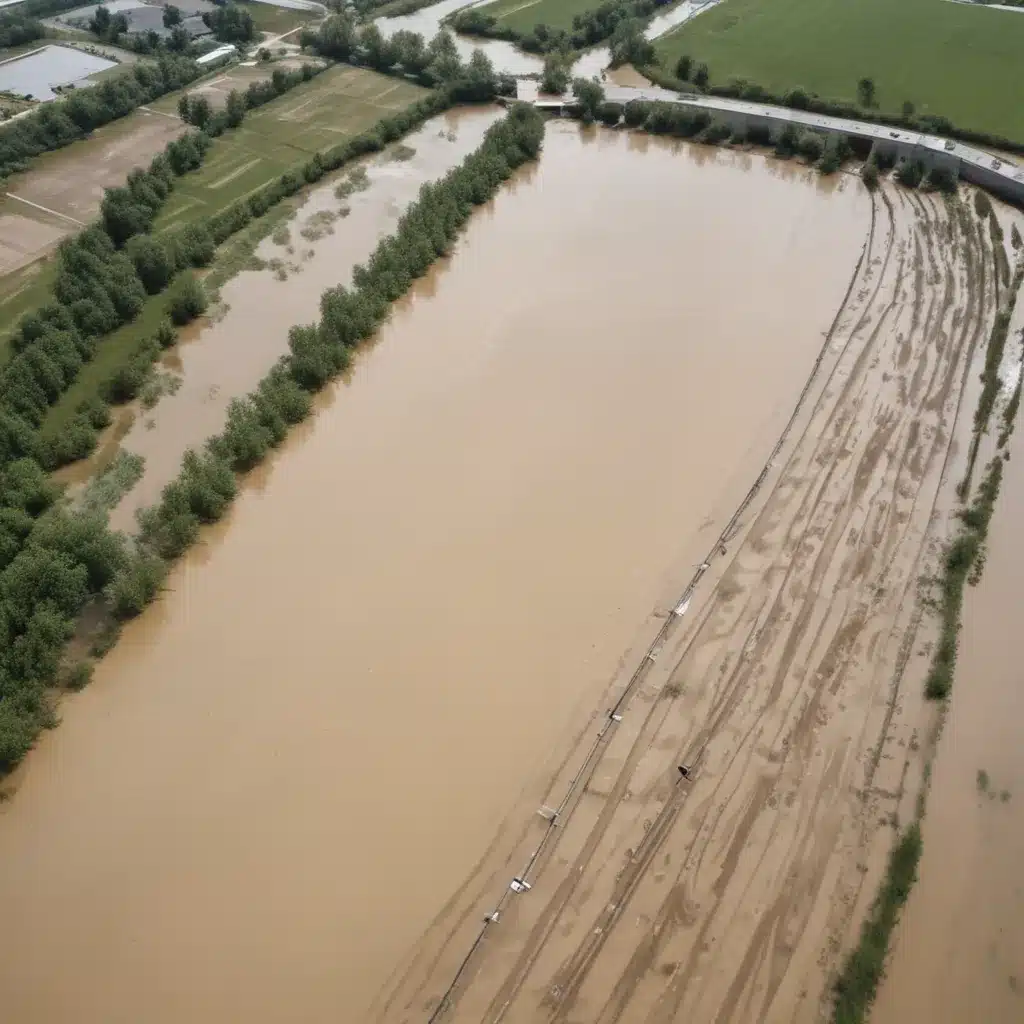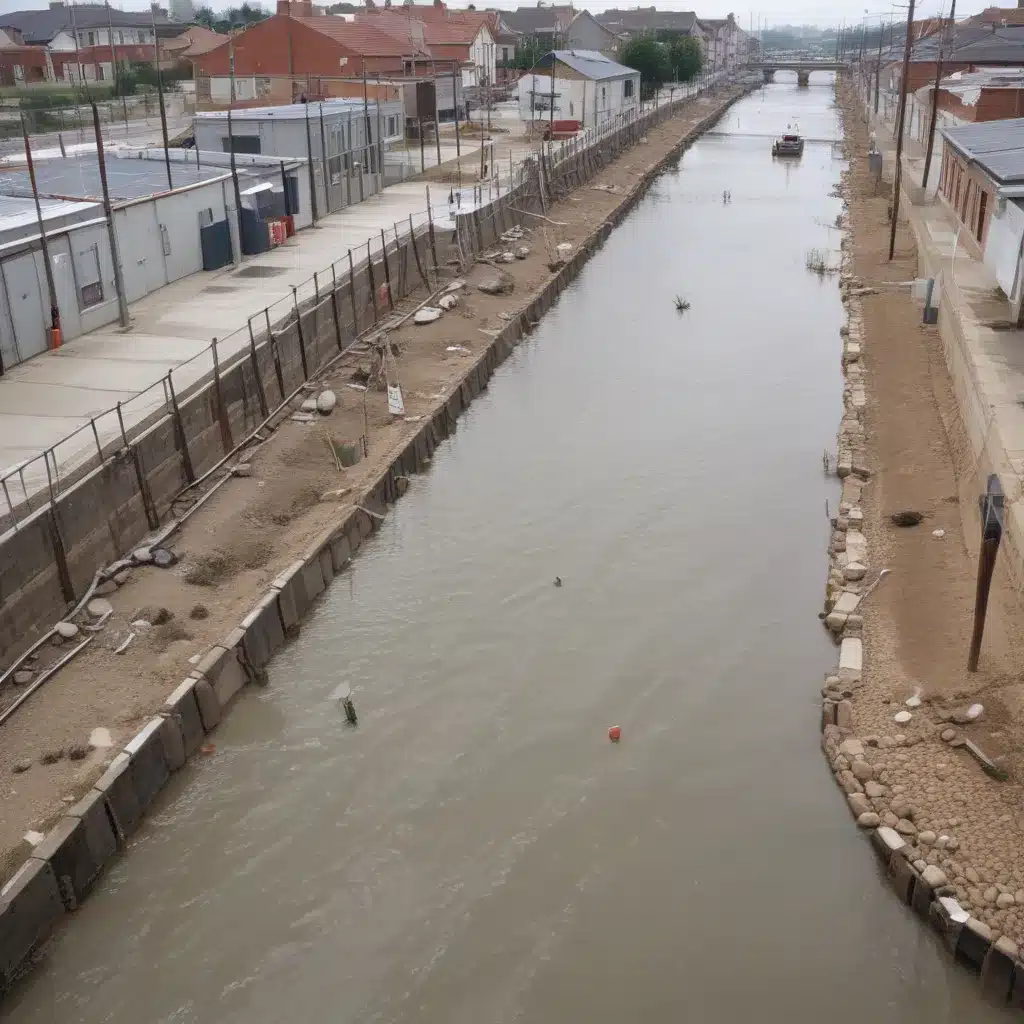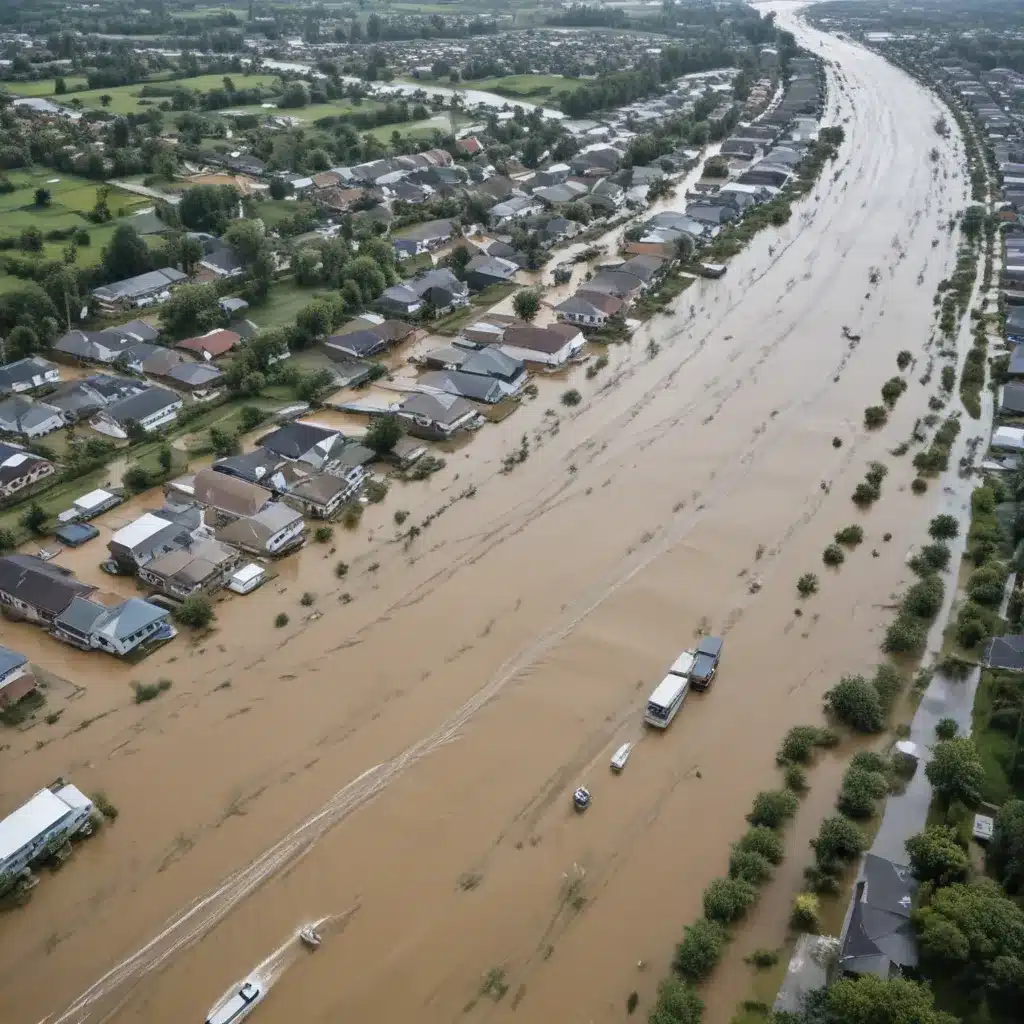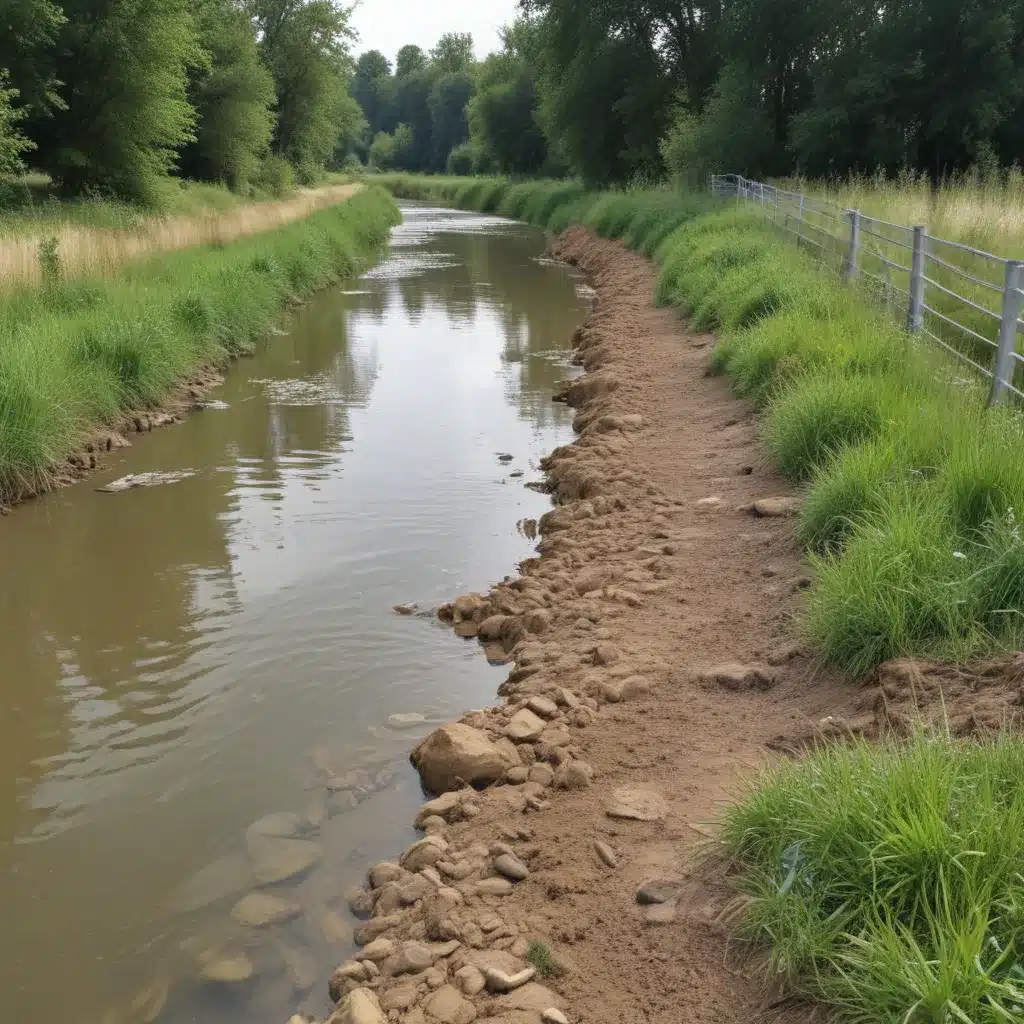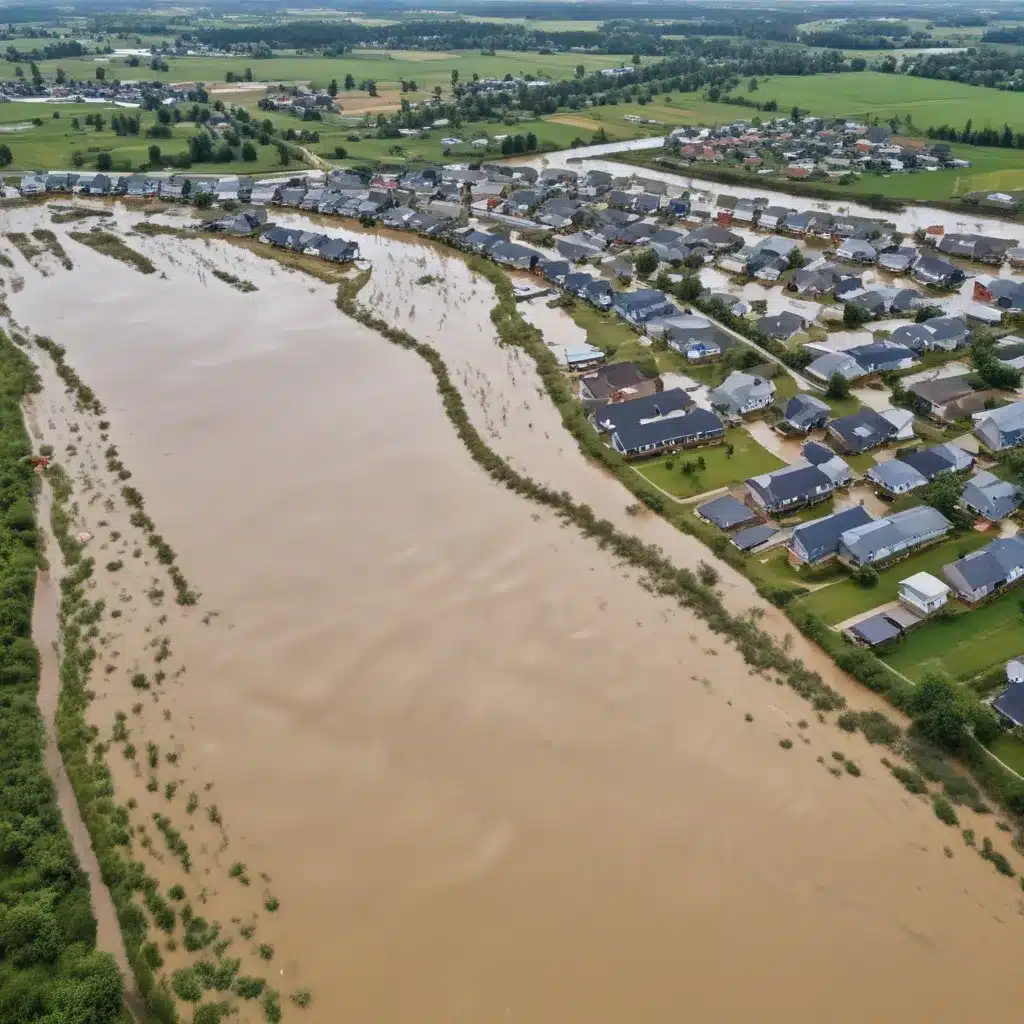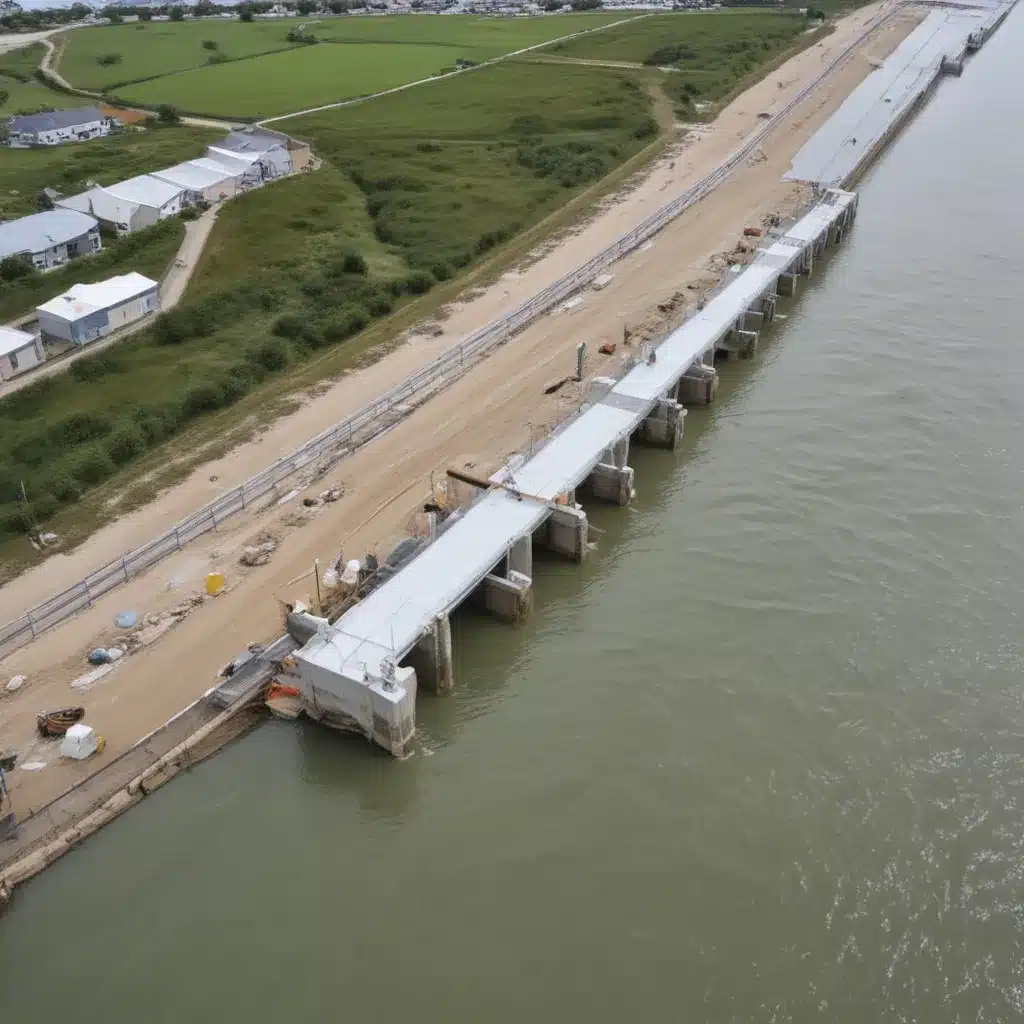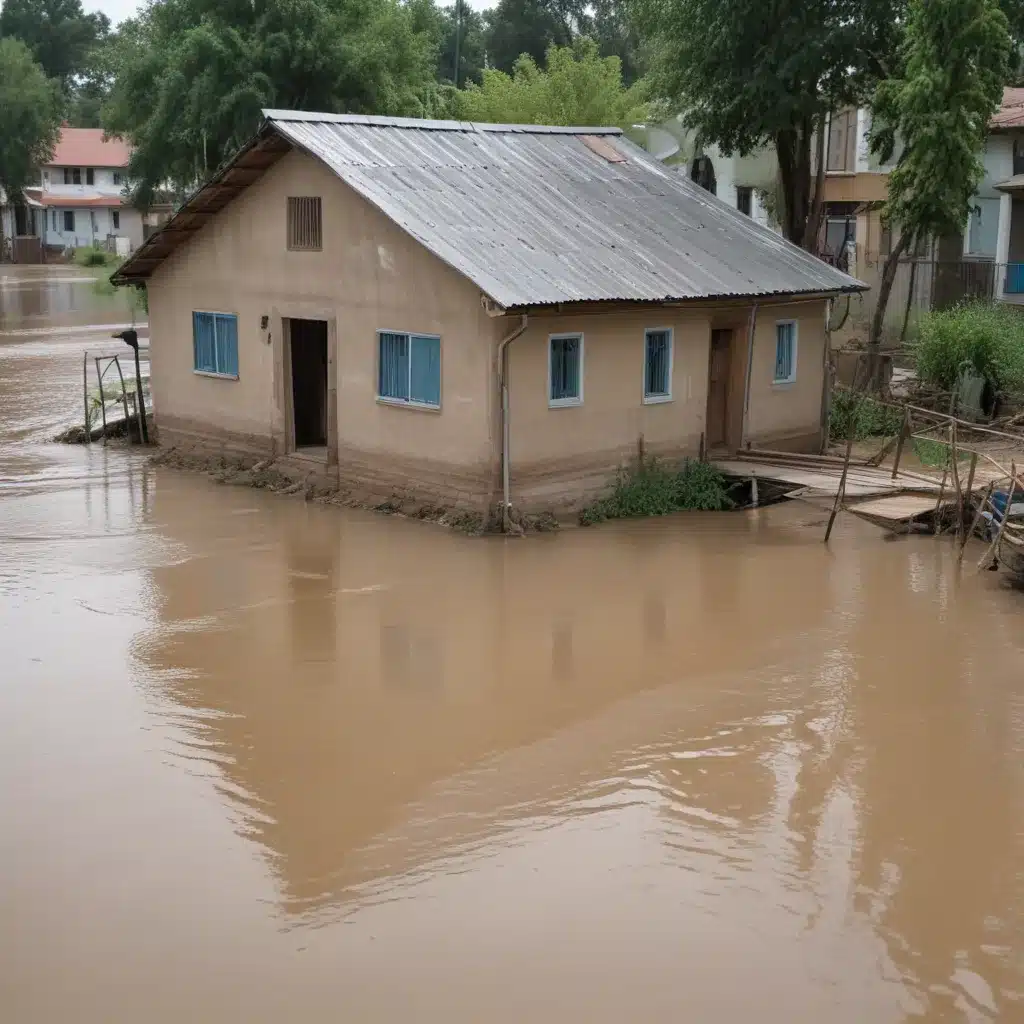Welcome to an in-depth exploration of innovative flood control techniques that have emerged from the Netherlands, a country renowned for its expertise in water management. In this article, we will delve into groundbreaking solutions that can revolutionize the way we approach flood control worldwide. Drawing from the Dutch experience, we aim to provide valuable insights and inspiration for countries facing similar challenges. Join us on this journey as we uncover cutting-edge strategies designed to mitigate the devastating impacts of flooding.
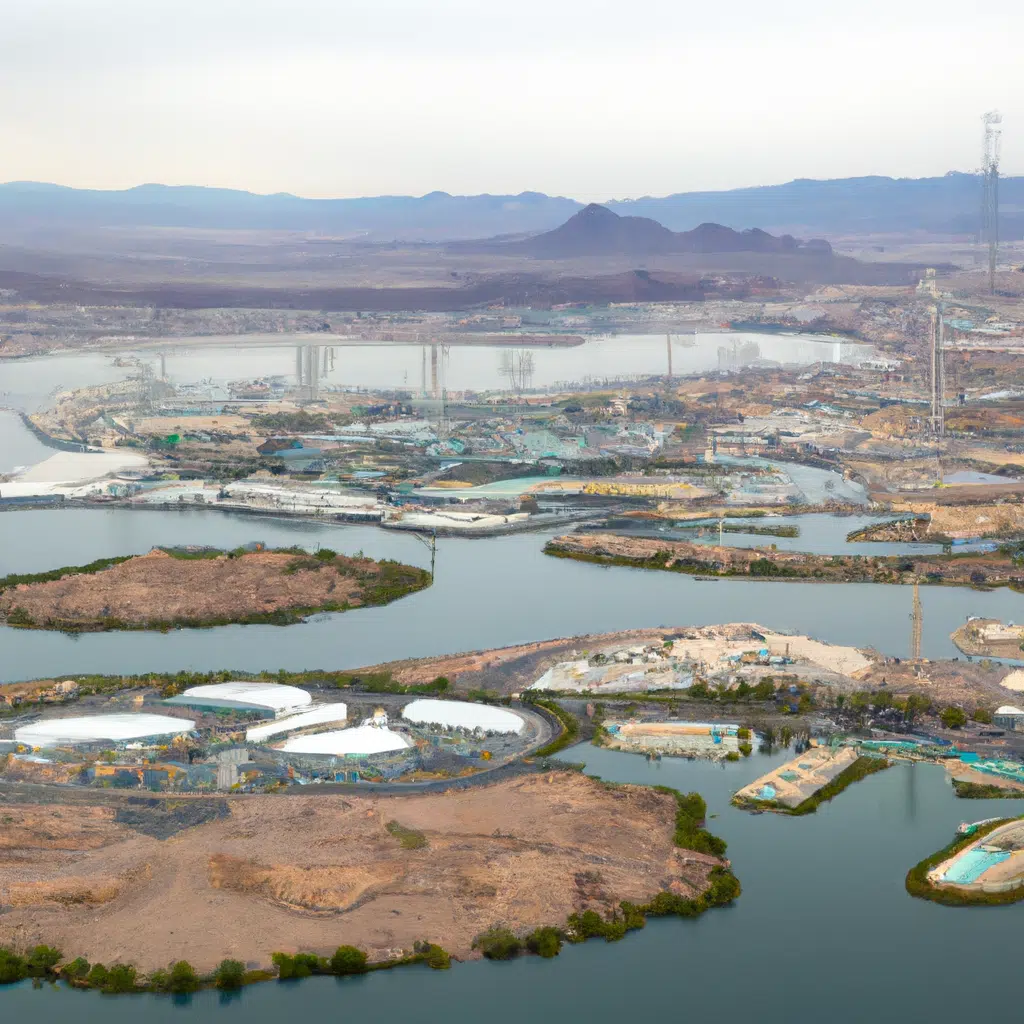
The Dutch Approach to Water Management
A Brief Overview
The Netherlands, a low-lying country situated below sea level, has long battled against the threat of flooding. Over centuries, the Dutch have developed a comprehensive approach to water management that combines engineering prowess, innovative technology, and a deep understanding of natural systems. This holistic approach has not only protected the country from devastating floods but has also positioned the Netherlands as a global leader in flood control.
Land Reclamation and Polders
One of the remarkable techniques employed by the Dutch is land reclamation. Through the construction of polders, areas of land below sea level are enclosed by dikes, creating a controlled environment that effectively manages water levels. Polders are drained using an intricate system of pumps and canals, allowing for agriculture, habitation, and economic activities to thrive in areas that were once submerged.
Dike Reinforcement and Monitoring
Dikes play a crucial role in protecting low-lying areas from flooding. The Dutch have continuously invested in dike reinforcement, utilizing state-of-the-art materials and engineering techniques to ensure their structural integrity. Furthermore, advanced monitoring systems are employed to detect any signs of weakness or potential breaches, allowing for proactive maintenance and repairs.
Game-Changing Innovations from the Netherlands
Floating Houses and Structures
The concept of floating houses and structures has gained traction in the Netherlands as a resilient solution to rising sea levels and potential flooding. These structures are designed to adapt to changing water levels, ensuring the safety and comfort of residents. Floating houses incorporate innovative technologies such as flexible moorings, buoyant foundations, and self-regulating utilities. This forward-thinking approach not only provides protection against floods but also promotes sustainable living in harmony with water bodies.
Water Absorbing Pavements
Traditional pavements contribute to increased surface runoff during heavy rainfall, exacerbating the risk of flooding. The Dutch have introduced water-absorbing pavements that mitigate this issue by allowing rainwater to permeate through their porous surfaces. These pavements are made of special materials that absorb water, reducing the strain on drainage systems and minimizing the likelihood of flooding. Furthermore, they improve the visual appeal of urban areas while promoting sustainable water management practices.
Green Roofs and Walls
Green roofs and walls offer multiple benefits, including flood control. By incorporating vegetation into building infrastructure, the Dutch have created natural water retention systems that absorb rainfall and reduce the volume of runoff. These green installations act as sponges, effectively managing stormwater and mitigating the risk of flooding. Additionally, green roofs and walls enhance air quality, provide insulation, and create a more aesthetically pleasing urban environment.
Water Storage and Buffering
The Dutch have pioneered the use of water storage and buffering systems to manage excess water during heavy rainfall or storm surges. These systems involve the creation of designated areas, known as water storage basins or retention ponds, where excess water can be temporarily stored. By strategically locating these basins, the risk of downstream flooding is significantly reduced. This innovative approach allows for efficient water management, safeguarding both urban and rural areas from the destructive forces of flooding.
Conclusion
In conclusion, the Netherlands has consistently demonstrated its prowess in innovative flood control techniques, setting the stage for a revolution in global water management. From land reclamation and polders to floating houses and water-absorbing pavements, the Dutch have showcased their ability to combine engineering expertise, cutting-edge technology, and a deep understanding of natural systems to combat the threat of flooding. By adopting these innovative techniques, countries worldwide can enhance their resilience to floods and ensure the safety and well-being of their populations. Let us embrace the lessons learned from the Netherlands and work towards a future where innovative flood control becomes the norm, protecting vulnerable communities and fostering sustainable water management practices.

